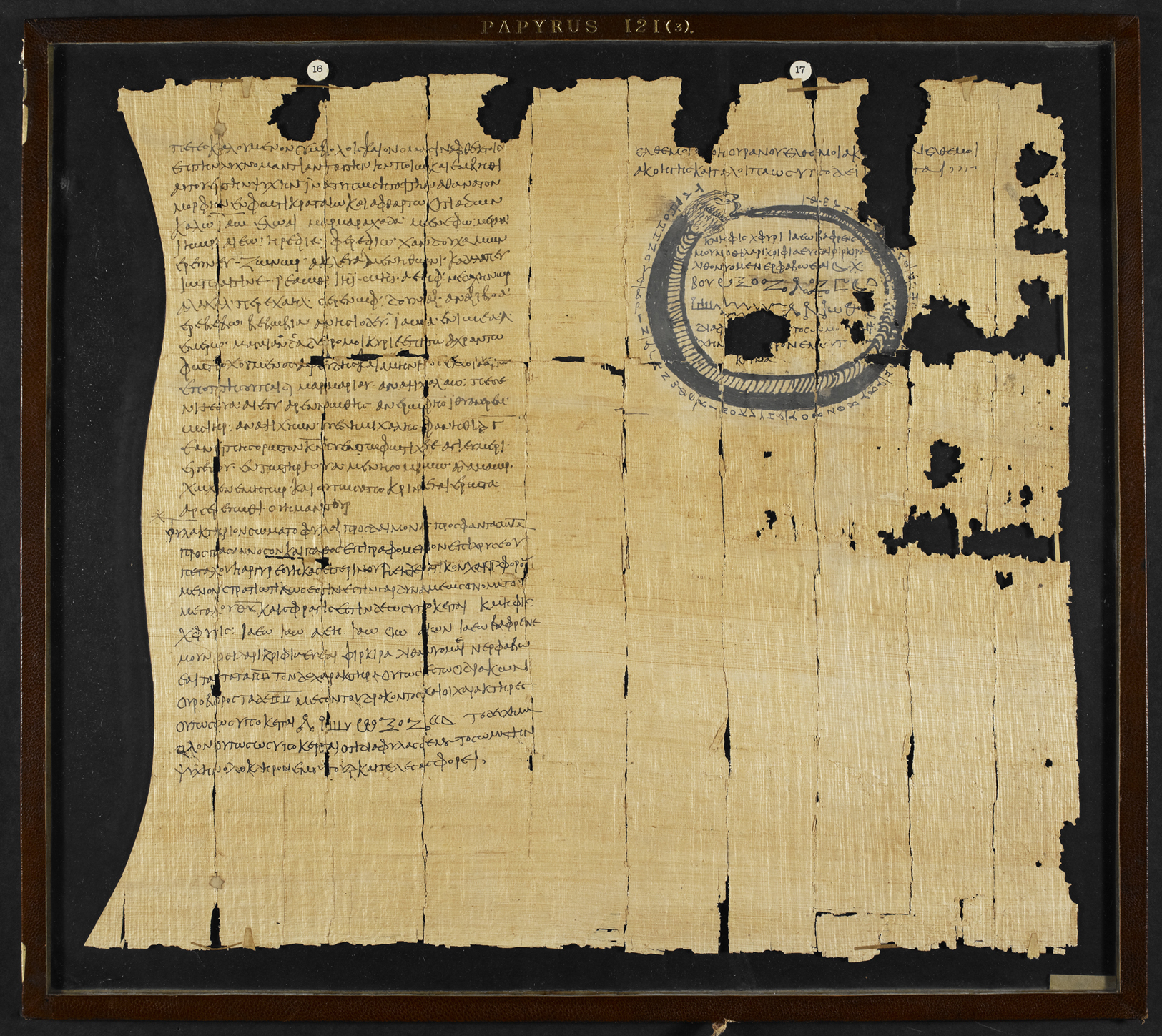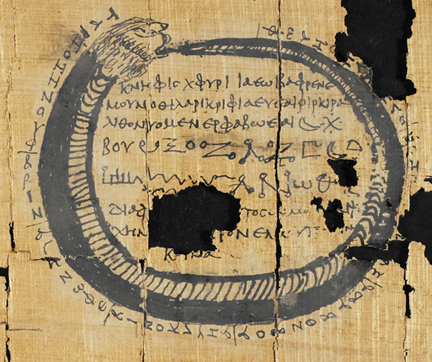There are two types of amulets attested in the Greek magical papyri: Embedded amulets and independent amulets.
Embedded amulets were used during a superordinate ritual, for example a divination or an exorcism, predominantly to protect the practitioner. They unfolded their power within this superordinate ritual.
Independent amulets, on the other side, were not embedded in rituals. Their creation constituted the main purpose of a ritual and they unfolded their powers following this ritual. Independent artefacts were created for clients as well.
Here is an example of an extraordinarily powerful, independent artefact, preserved in PGM VII, 579-590:
A phylactery, a bodyguard against daimons, against phantasms, against every sickness and suffering.
Written on a small leaf of gold, silver, or tin, or on a piece of hieratic papyrus, it is worn like a seal. For it is the name of the power (dynamis) of the great god and his seal. It is as follows:
Kmêphis chphuris iaeô iaô aeê iaô oô ạiôn, iaeô baphrenemoun othilarikriphiaeueai phirkira litha[.]nuomaei nerphabôeai.
These are the names. But the magic signs (draw) like this: The snake should bite its tail; the names in the middle of the snake and the magic signs (are like this), as follows: (magic signs), but the whole figure, as below, with the words:
“Protect my, the NN’s, body and the entire soul unharmed”.
And once you have consecrated it, wear it.


